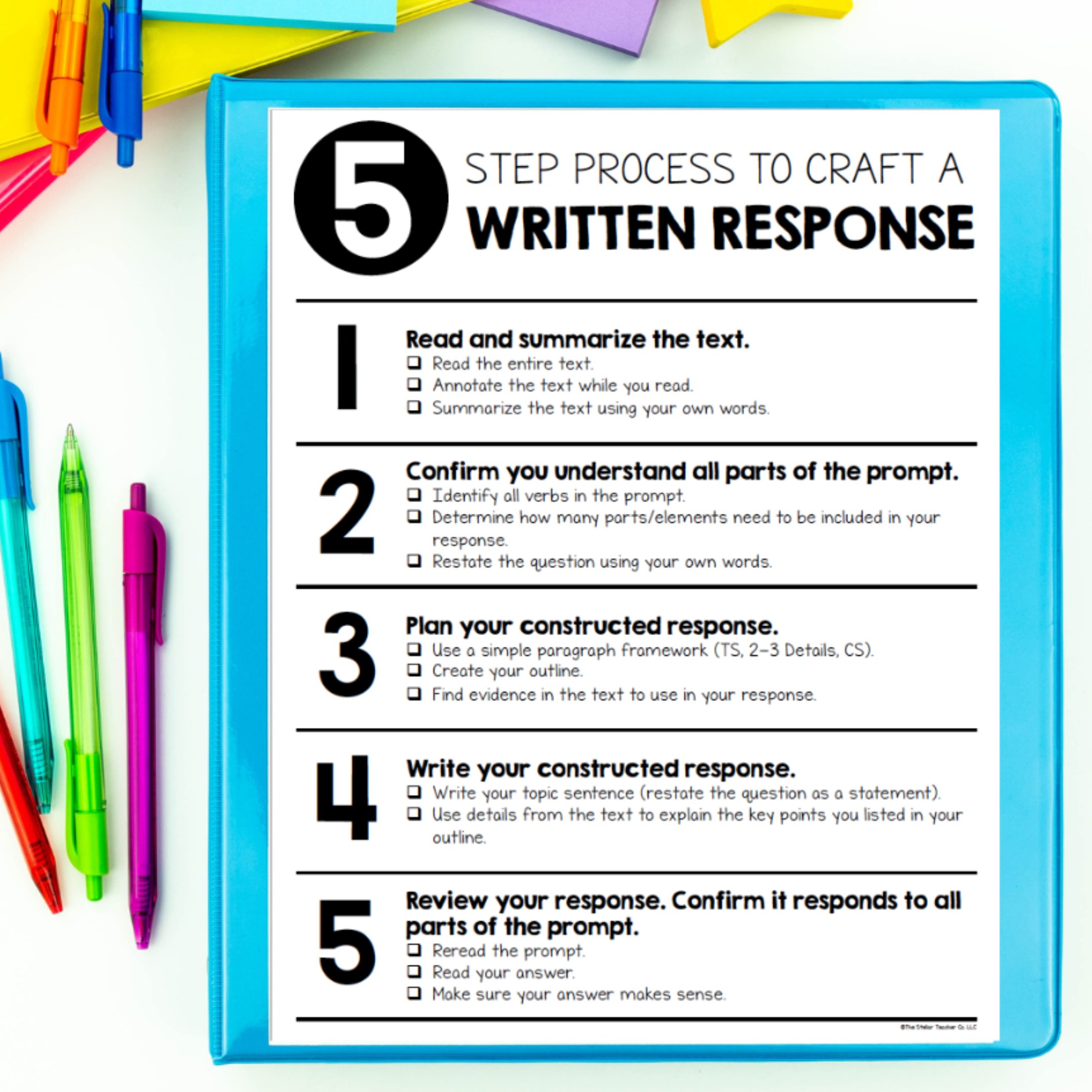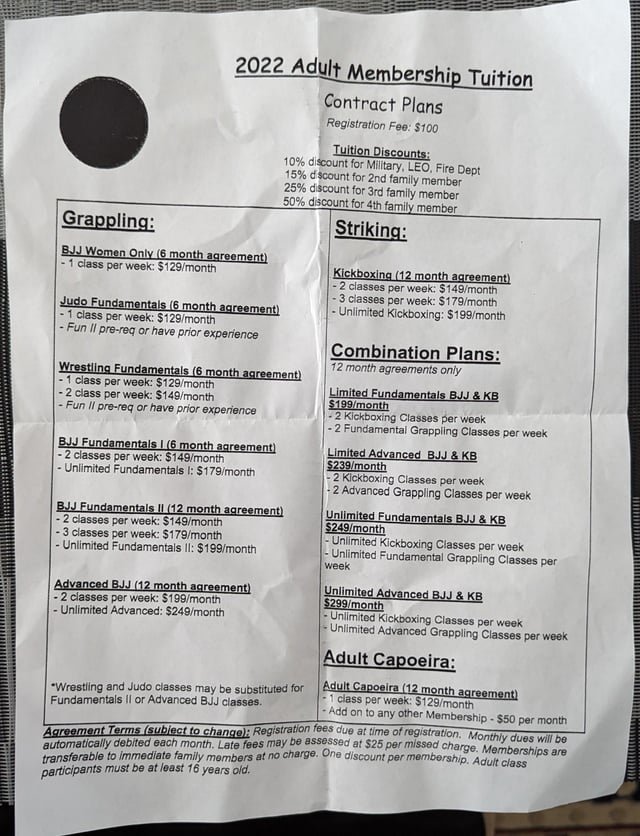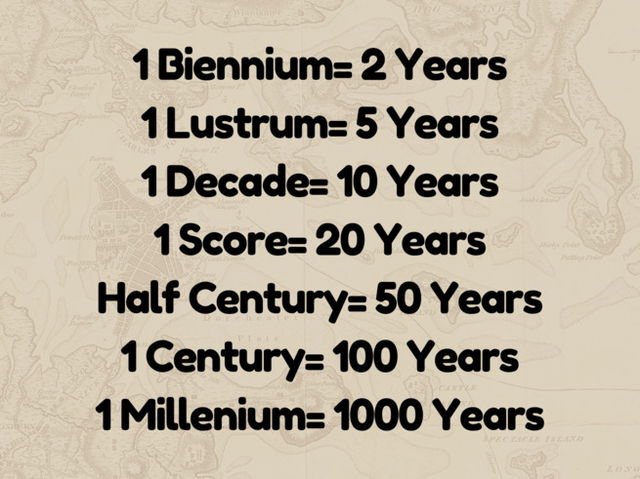Crafting a compelling constructed response requires clarity and precision. Start by analyzing the prompt carefully to identify key points. Organize your thoughts logically, with a clear introduction, body, and conclusion. Use specific evidence and examples to support your points effectively. Remember, practice makes perfect when it comes to mastering this essential skill. So, let’s delve into how to write a constructed response confidently and proficiently.
How to Write a Constructed Response: A Step-by-Step Guide
Introduction
Hello, young writers! Are you ready to learn how to write a constructed response like a pro? Constructed responses are a way to show off your writing skills by answering questions with thoughtful and detailed responses. In this guide, we’ll break down the process of writing a constructed response into simple steps that will help you excel in your writing assignments. Let’s dive in!
Understanding Constructed Responses
Before we jump into writing a constructed response, let’s make sure we understand what it is. A constructed response is a type of written answer that requires you to provide evidence, examples, and explanations to support your ideas. It’s like telling a story with a beginning, middle, and end, but instead of characters and settings, you have facts and arguments.
What Makes a Good Constructed Response?
A good constructed response is clear, organized, and well-supported. It should have a main idea or thesis that answers the question, followed by supporting details and evidence. Your response should also be written in complete sentences and follow the rules of grammar and punctuation.
Steps to Writing a Constructed Response
Now that we know what a constructed response is, let’s walk through the steps to write one effectively.
Step 1: Read the Question Carefully
The first step in writing a constructed response is to read the question carefully. Make sure you understand what the question is asking you to do. Pay attention to keywords like “explain,” “describe,” or “compare,” as they will guide how you structure your response.
Step 2: Plan Your Response
Once you understand the question, take a moment to plan your response. Jot down key points you want to include, such as your main idea, supporting details, and examples. Organizing your thoughts beforehand will make writing your response much easier.
Step 3: Start with a Strong Introduction
Every good writing piece starts with a strong introduction. In your constructed response, begin by introducing your main idea or thesis. This sets the tone for the rest of your response and helps the reader understand what you will be talking about.
Step 4: Provide Supporting Details
After your introduction, it’s time to provide supporting details to back up your main idea. Use examples, facts, and evidence to strengthen your argument. Remember, the more detailed and specific your examples are, the stronger your response will be.
Step 5: Use Transition Words
Transition words help your response flow smoothly from one point to the next. Words like “first,” “next,” “in addition,” and “finally” can help you connect your ideas and make your writing easier to follow.
Step 6: Write a Conclusion
Once you have presented your main idea and supporting details, wrap up your response with a strong conclusion. Restate your main idea and summarize the key points you made in your response. A good conclusion leaves a lasting impression on the reader.
Tips for Writing a Stellar Constructed Response
Now that you know the steps to write a constructed response, here are some additional tips to help you make your responses stand out.
Tip 1: Practice, Practice, Practice
The more you practice writing constructed responses, the better you will become. Find practice questions online or ask your teacher for extra assignments to sharpen your skills.
Tip 2: Use Text Evidence
When providing examples in your response, make sure to use evidence from the text or sources you are given. This shows that you have a deep understanding of the material and can support your arguments effectively.
Tip 3: Edit and Revise
After you’ve written your response, take the time to edit and revise it. Check for spelling and grammar errors, make sure your ideas flow logically, and see if there are any areas you can improve.
Tip 4: Seek Feedback
Don’t be afraid to ask for feedback on your writing. Share your responses with a teacher, parent, or friend and ask for their thoughts. Feedback can help you identify areas for improvement and grow as a writer.
Putting It All Together
Writing a constructed response may seem daunting at first, but with practice and patience, you can master this skill. Remember to read the question carefully, plan your response, and provide supporting details to strengthen your argument. By following these steps and tips, you’ll be well on your way to writing stellar constructed responses that impress your readers.
Now, go grab your pen and paper, and start crafting those thoughtful and detailed responses. Happy writing!
How to Write a Constructed Response | Kathleen Jasper
Frequently Asked Questions
What is a constructed response?
A constructed response is a type of written assessment where you are required to provide a detailed answer to a specific question or prompt. It usually involves analyzing a text, synthesizing information, and providing evidence to support your points.
How do I structure a constructed response?
When writing a constructed response, it’s important to follow a clear structure. Start with an introduction that includes a thesis statement, then provide the main points in the body paragraphs with supporting evidence. Finally, end with a conclusion that summarizes your main points.
How can I ensure my constructed response is effective?
To make your constructed response effective, be sure to read the prompt carefully and address all parts of the question. Use specific examples and evidence from the text to support your arguments, and make sure your writing is clear, concise, and well-organized.
What are some tips for improving my constructed response writing skills?
To improve your constructed response writing skills, practice analyzing texts and identifying key points. Work on structuring your responses logically and practice providing strong evidence to support your arguments. Additionally, seek feedback from teachers or peers to help you identify areas for improvement.
Final Thoughts
Writing a well-structured constructed response requires clear understanding of the prompt. Begin by restating the question and identifying key points. Use evidence from the text to support your answer. Finally, craft a clear and concise response that directly addresses the prompt. Incorporating these steps will help you effectively write a constructed response that showcases your critical thinking and analytical skills.




